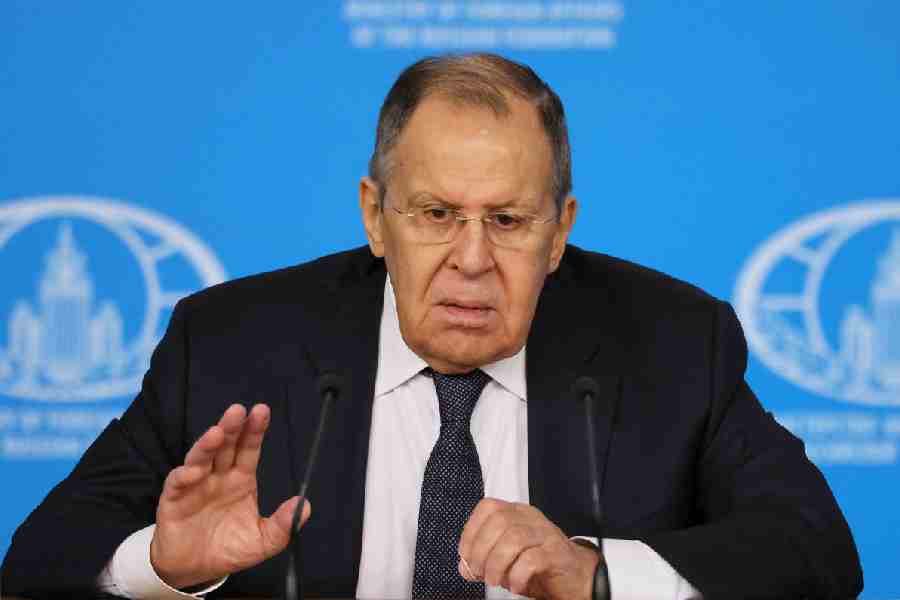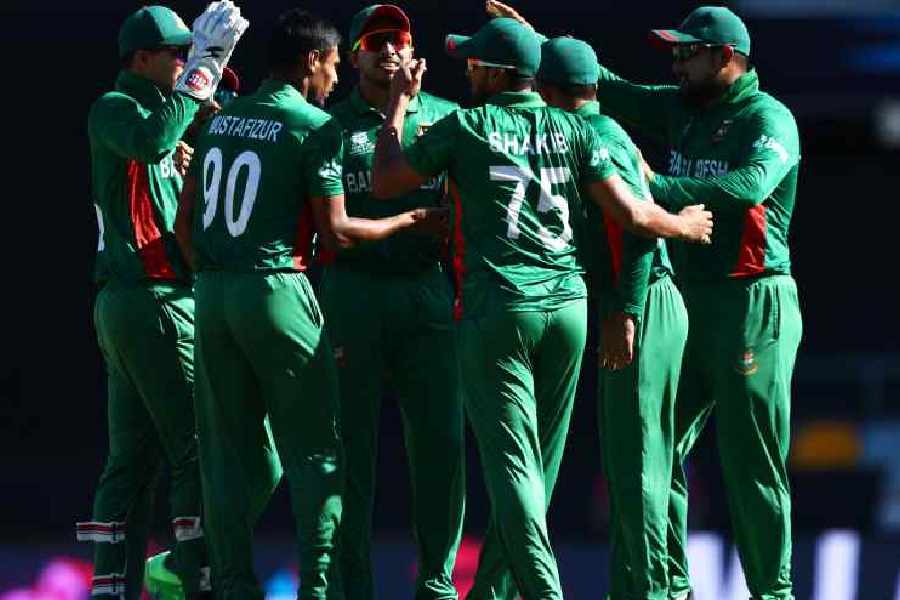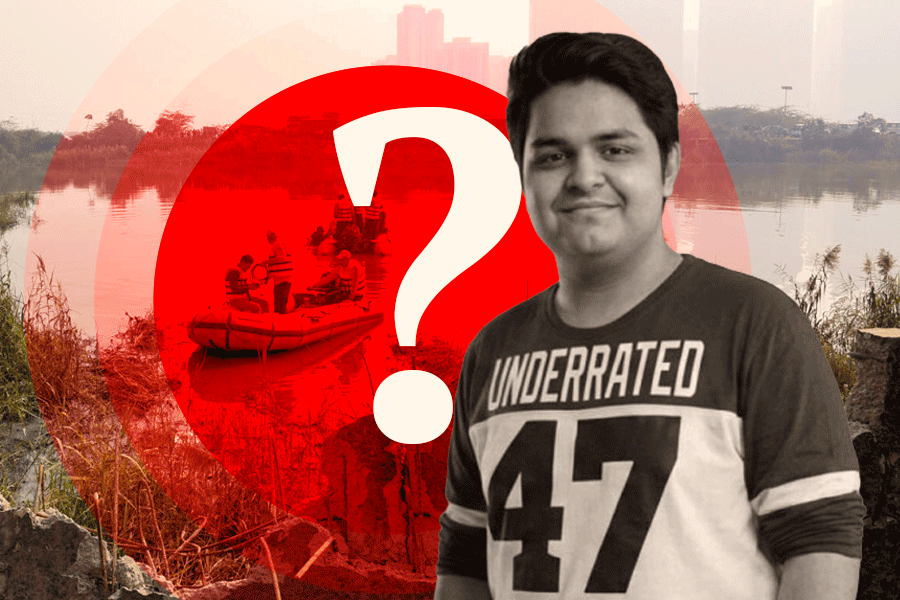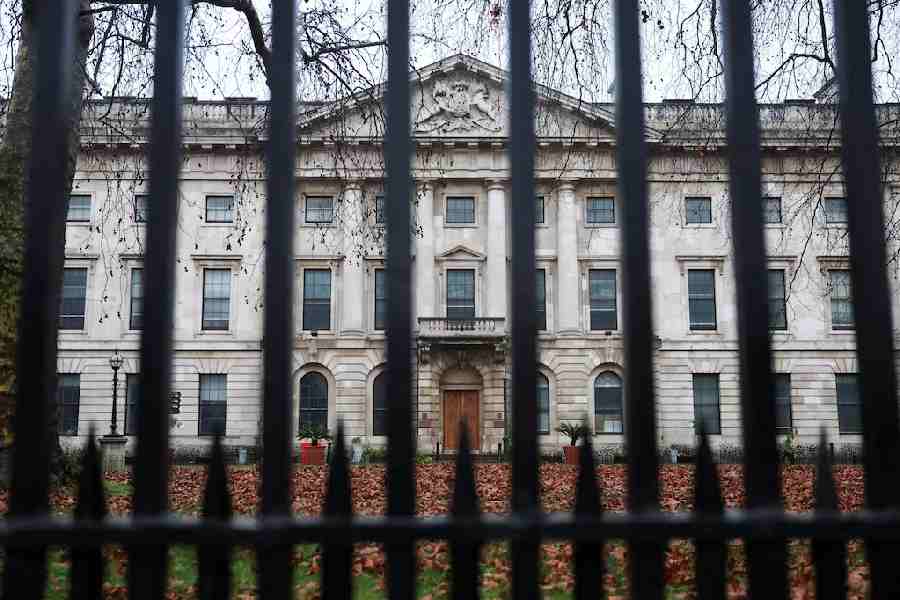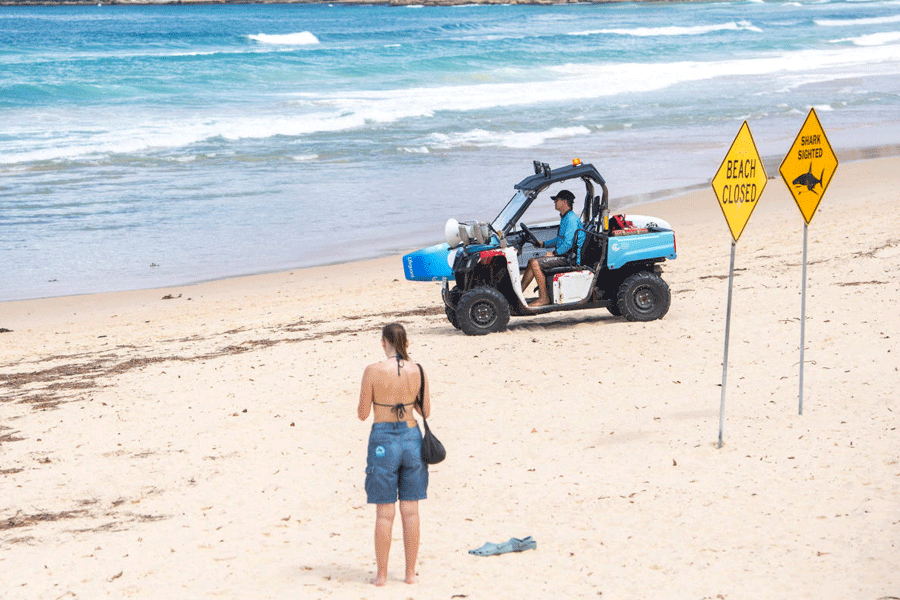“I have heard this story from others — I was too young at the time to remember it. I had been put to sleep under a folding mosquito net. Apparently, there I was, sleeping peacefully, when my dai-ma, who had gone out of the room for some work, came back and saw a snake with its hood spread right over my head. She screamed and somebody drove the snake away. The mosquito net saved my life. My dai-ma told me, ‘You will be a raja, beta.’ So everyone in the family began to believe that I would achieve a lot of fame.” – Soumendu Roy in his authorised biography, Through the Eyes of a Cinematographer
Well, whether or not you believe in such ophidian portends, it did work out for Soumendu Roy, who went on to become one of the most well-respected names in Bengali cinema with an enviable body of work as cinematographer in the films of Satyajit Ray and with other stalwarts of Bengali cinema such as Tapan Sinha and Tarun Majumdar, in a number of other well-loved films between the 1960s and 1980s.
Soumendu Roy passed away on September 27 in Kolkata, at the age of 91.
Born on February 7, 1932 in Kolkata, Roy spent the first decade of his life in the princely state of Dharamjaigarh (then in Madhya Pradesh, now in Chhattisgarh) where his father Kanak Kumar Roy managed the state’s legal matters on behalf of its widowed Rajmata, Gopinath Kumari.
His father was a well-known litterateur who translated the Bhagavad Gita and the Sri Sri Chandi into Bengali (with the famous educationist Suniti Kumar Chatterjee writing the foreword for the latter). He also translated Rabindranath Tagore’s play Mukut into Hindi. His mother Gargi Roy, though not formally educated, was a woman with a modern outlook. His eldest brother Sukhendu Roy’s English translation of Tagore’s Thakurmar Jhuli was published by Oxford University Press.
In his biography, Roy recalled the durbar hall of the Dharamjaigarh Palace. “It was majestic – a huge chandelier of cut glass hung from the ceiling, a carpet so soft that one’s feet would sink in it. The most beautiful thing in the room was the throne. After the death of the Raja no one ever sat on it, not even the Rajmata. But I would sit on it without any qualms and act as king with my siblings and playmates as my subjects. I also remember the huge cannon and the stable for the five palace elephants. The leader of the pack was a tusker called Mangal Singh – strange that an elephant had a name and a surname.”
The Roys moved to Kolkata in 1942. The house on Rashbehari Avenue housed 17 other children – 14 of them his siblings and cousins. Although cinema was a strict no-no for the children, it was also something that bound them. They were allowed to watch only children’s movies.
“My first film was Chaplin’s Gold Rush at Elite. That was the first time I ate at a restaurant as well – Moghlai Paratha at Anadi Cabin. I remember watching Garmil at Purna, though it was not a film for children, and being caught in the act by our chhoto kaka.”
Roy’s tryst with the camera started at a young age after he arrived in Kolkata from Dharamjaigarh and watched his elder brother take family photographs on a basic Rolleicord camera. His brother, however, would never let him touch the camera. It was only after he befriended Ashit Raha, his classmate from the 1947-48 batch of Tirthapati Institution, that the interest developed into something more. Ashit’s elder brother owned a photo studio, The Avenue Polo Photo Studio, in Lake Market, and every Sunday the two boys found their way to the dark room where Raha gave Roy his first ‘lessons’ in developing film.
Around the same time, Roy’s elder sister, seeing his fascination for their brother’s camera, promised to buy him one if he passed his matriculation exams at one go. As Roy reminisced in his biography, he was at best an average student. “Didi must have thought I was never going to pass the exams and so it was safe to promise the camera.” In the event, the camera proved incentive enough and Roy cleared the boards at the first attempt and landed his first camera, a Kodak Brownie.
It was Ashit Raha again who proved instrumental in stoking Roy’s interest in cinema. The two friends attended the science stream in Asutosh College. Raha had a few relatives working in the film industry, connected with New Theatres. Roy was by now quite enamoured of cinema, having watched a couple of film shoots of which he remembered Udayer Pathey and Mahaprasthaner Pathey rather vividly.
In the former, he recalled Bimal Roy shooting a scene “where Radhamohan-da is walking and Binata Roy following him in a car”. Watching the sequence later in the hall thrilled him as he was able to piece it together from what he had watched on location. The sequence in Mahaprasthaner Pathey was shot indoors and he watched in fascination the artificial blizzard the filmmakers had created on the studio floors.
Not long into his college days, he had decided to make a career in cinema. As a career choice, this was not only unheard-of in those days, it was looked down on. As Roy mentioned, “No one with a proper upbringing or decency would think of joining films.” While the elders in the family were suggesting careers as diverse as marine engineering and jute technology, Roy confessed his dream to his mother, the only person in the family who, he thought, would at least listen to him. In the event, even if she could not make any sense of his choice, she never opposed him though she did express her concern: “Where will you learn it from… no one in our family has ever worked in films.”
Luck smiled around 1953-54 when his uncle’s daughter got married and his brother-in-law turned out to be a cousin of filmmaker Hiranmoy Sen. Roy prodded his mother to put in a word with Sen through his brother-in-law; Sen agreed to take the young man on board as an assistant to his cameraman Ramananda Sengupta.
Years later, Roy recalled his first meeting with Sengupta at Technicians’ Studio, a venture started by Sengupta, Satyen Chatterjee, Durgadas Mitra and Debesh Ghosh, where he was made to wait for hours before being called in by the cameraman who asked him only one question: “Are your parents dependent on you?” If Roy was surprised, he kept it to himself. Years later, he would ask his mentor what had made him ask the question. “A career in the film industry is very unpredictable,” Sengupta told him. “You could remain an assistant all your life, barely able to make ends meet.” That Roy did not have dependent parents may have had a hand to play in Sengupta taking on the young man.
Soumendu Roy’s first day on the studio floor
Roy recalled his first day vividly. “Dinen Gupta took me to the studio floor where the film Rakhi’s title cards were being photographed. I stood there like a statue, overcome by awe.” Over the next three to four months, Roy worked on everything that came his way – the lenses, the viewfinder, the magazine, loading a film, threading a film – learning from a whole range of people, from stalwart cameramen Dinen Gupta and Jagmohan Mehrotra to the camera ‘coolie’ (as those who lugged the camera around and cleaned them were called those days) Agnu. The Mitchell camera in vogue at the time was incredibly heavy and a person was dedicated to carrying it from one place to another on the shooting floor.
Roy also picked up the nuances of lighting from Prabhas Bhattacharya, chief electrician at Technicians’ Studio. “Thanks to him, I quickly learnt about the different kinds of lights and the effect each light had on the scene being shot. He would not hesitate to hit me if I made a mistake and maybe that is why I picked up so much in such a short time.” This was an era when there was no formal education available in cinematography or films for that matter, and Technicians’ Studio became his crucible. He learnt the art and craft of cinematography only by observing the likes of Sengupta, G.K. Mehta, Ajoy Kar, Bishu Chakraborty, Bimal Mukherjee and Anil Gupta.
It would still be a while before Roy would be allowed to work as an assistant or even be able to operate the camera. For a long time he was just a ‘caretaker’ of the Mitchell camera, focusing the light or cutting off a light, holding the net, as per the camera assistant’s instructions. Roy learnt the nuances of focusing from Ramananda Sengupta and Dinen Gupta. Under normal circumstances, the first assistant to the cinematographer would be the focus puller. If, however, the second assistant was competent enough, he would be allowed to do it, while the first assistant would then look at the lighting.
“It is an extremely difficult aspect of the whole process of cinematography. Say, the actor is at a distance of 10 feet, you set your focus accordingly. When the actor starts moving, you have to maintain the same speed… you have no way of measuring the distance between the artiste and the camera, and the cameraman has no way out but to rely only on his instinct and experience.” Roy also learned the art of ‘trolley pulling’, and in fact did so as Subrata Mitra’s assistant on a number of Satyajit Ray films. “It’s not just a question of jerks. It’s extremely difficult to correlate the speed of the trolley to the movement of the actor. If a close lens is being used, a slight jerk during filming will magnify it many times.”
However, the big day was not far off. And his mentors would reward him with their trust soon enough. He remembered one such moment. He was at the time working on a film – he did not remember the name (“a Srimati Pictures production, either Rajlakshmi o Srikanta or Adhare Alo”) – and G.K. Mehta, renowned cinematographer and Ramananda Sengupta’s guru, was in charge. The director had briefed the shot and Roy asked Mehta about the lens required, the camera height and placement. To which, Mehta replied, “Why don’t you do it? If you don’t try, how will you learn? Don’t worry, I will correct you if you are wrong.” As Roy recalled in his biography, “Mehta need not have given me the chance. I was a nobody. Maybe he noticed my enthusiasm and eagerness. I made some mistakes but the lesson stayed with me.”
It was for an Odia film being shot by Ramananda Sengupta that Roy framed a shot for the first time. He did not recall the name, only that Sengupta fell ill and asked him to work out the shots. And then came the years with Satyajit Ray that would shape his career indubitably – like it did for all those who embarked on the journey in cinema with Pather Panchali.
Shantanu Ray Chaudhuri edited and published (with Harper Collins) Soumendu Roy’s only authorised biography, Through the Eyes of a Cinematographer


